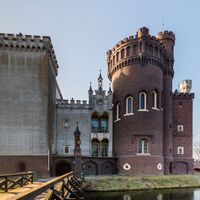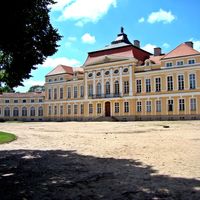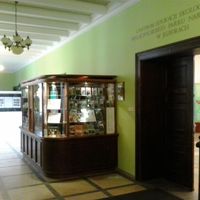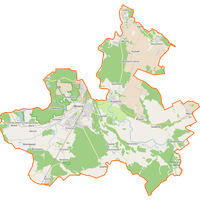Poznań County
8.44
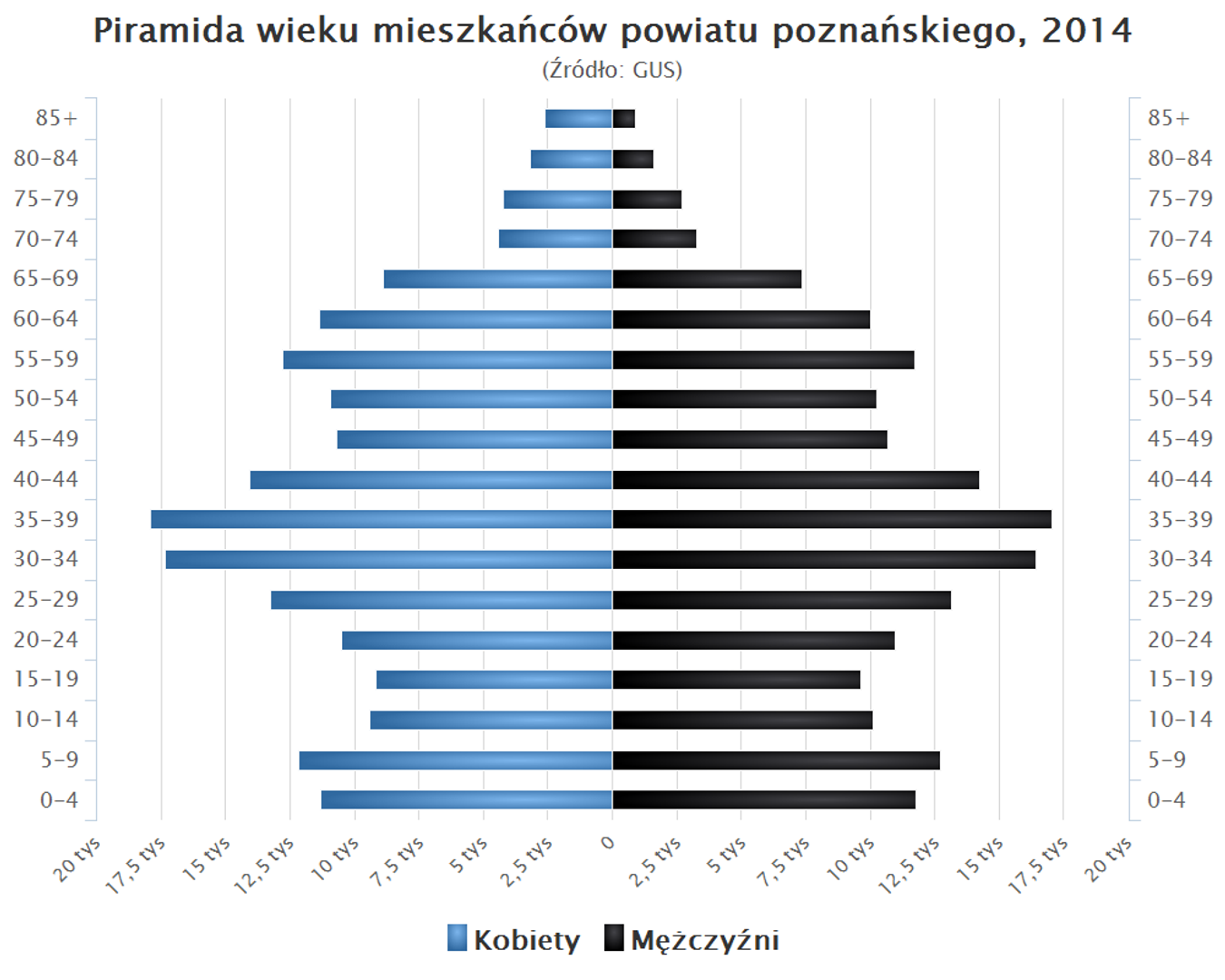
Overview
Poznań County, established in 1999, is located in the Greater Poland Voivodeship and comprises 17 municipalities surrounding the city of Poznań, which itself forms a separate county. With an area of approximately 1,900 km², it is the largest county in the voivodeship and the most populous in Poland, with around 445,000 residents as of the end of 2023. The region lies within the picturesque Greater Poland Lakeland, and its soil structure is conducive to agricultural development. The county boasts numerous green areas, including landscape parks and nature reserves, which cover about 28% of its territory. Architecturally, it is distinguished by landmarks such as the castle complex in Kórnik and the palace in Rogalin, as well as wooden churches built between the 13th and 19th centuries. Historically, the county has rich traditions tied to the origins of the Polish state and early settlement in the region, as reflected in the Piast Trail. Culturally, Poznań County is a dynamically developing area with numerous festivals, artistic events, and cultural institutions. Interestingly, the village of Plewiska is one of the most populous villages in Poland. The Poznań metropolitan area has also developed here, and the transportation infrastructure ensures good accessibility, with numerous bus and rail connections. The county's economy benefits from its proximity to Poznań, attracting investments and fostering entrepreneurship, with many companies, including those with foreign capital, based in the area. Poznań County also offers various forms of tourism, including agritourism, with a wide range of accommodation options. The region is attractive to tourists due to its natural beauty, historical monuments, and diverse attractions, with visitor numbers reaching 181,300 in 2012. Poznań County combines modernity with rich history and tradition, making it a unique destination on the map of Poland.
Location
Country
2025 Wizytor | All Rights Reserved
